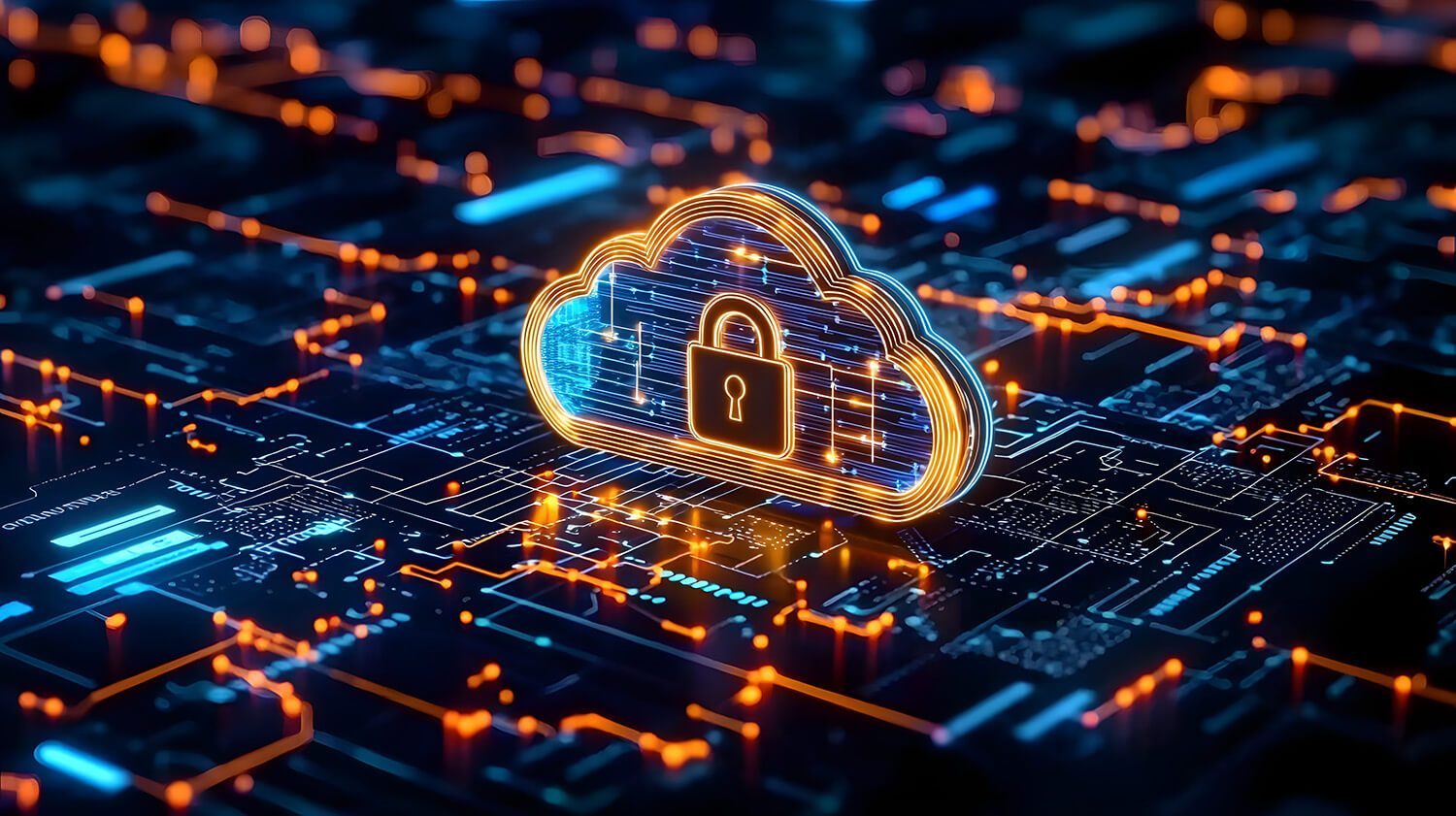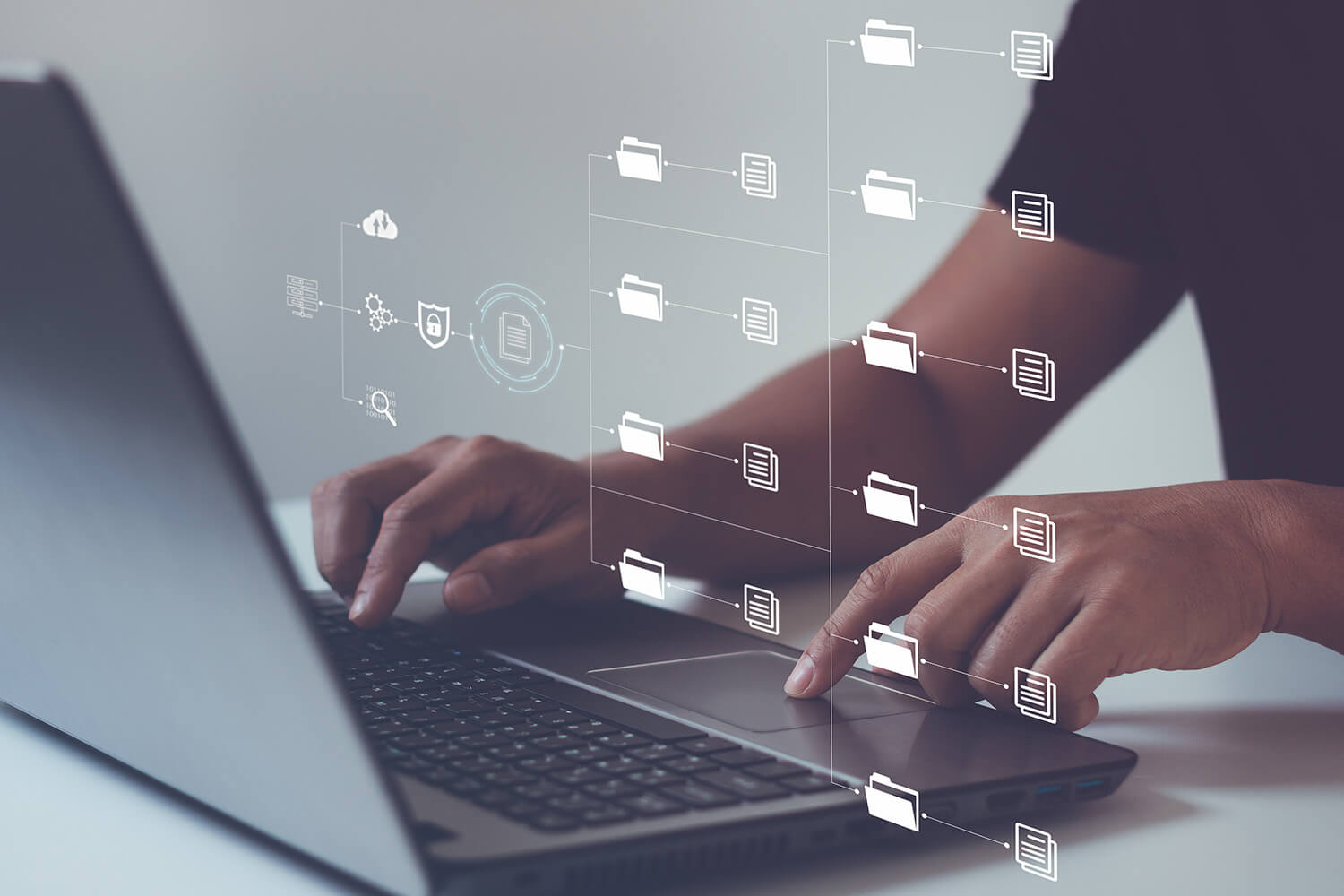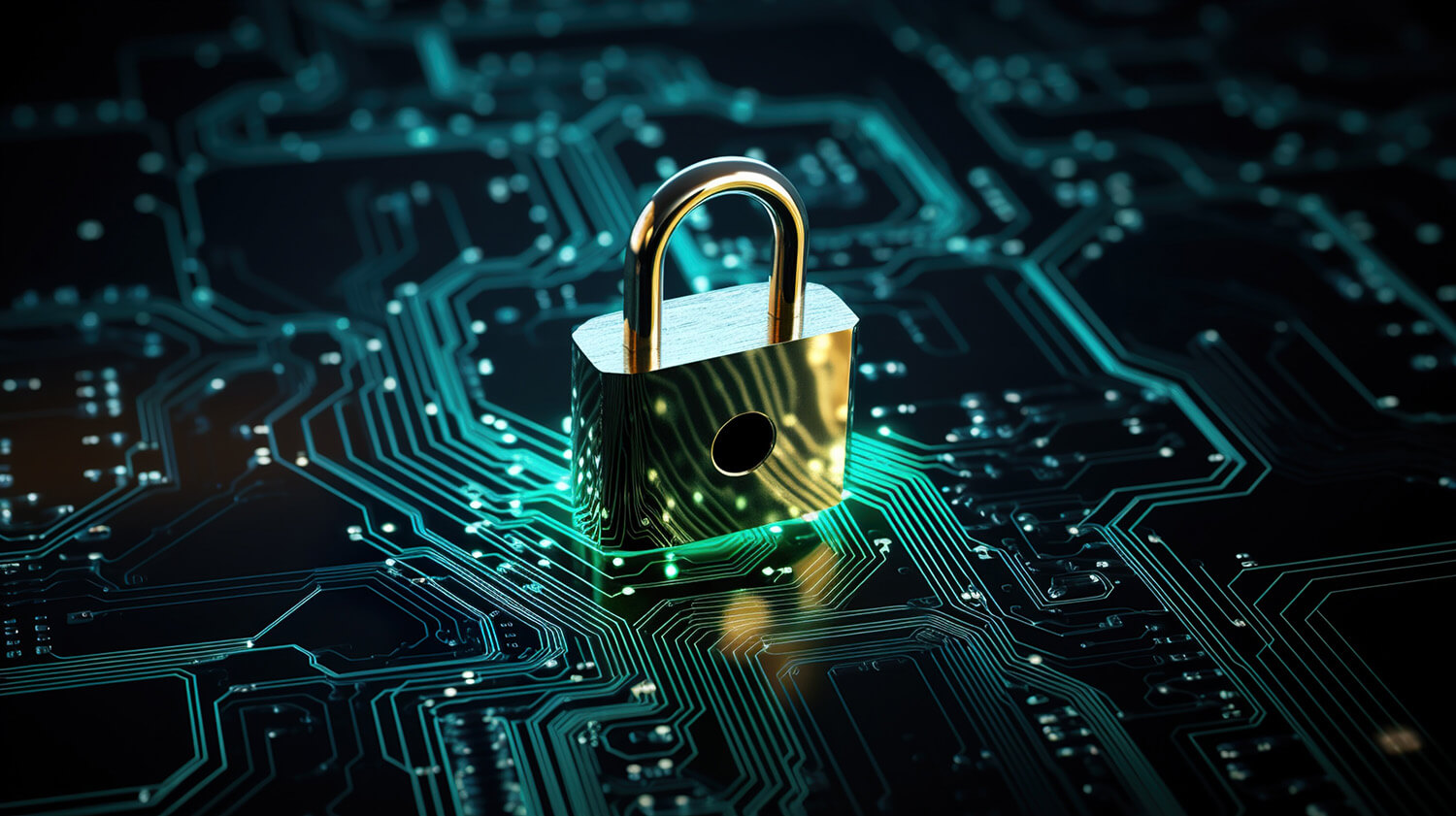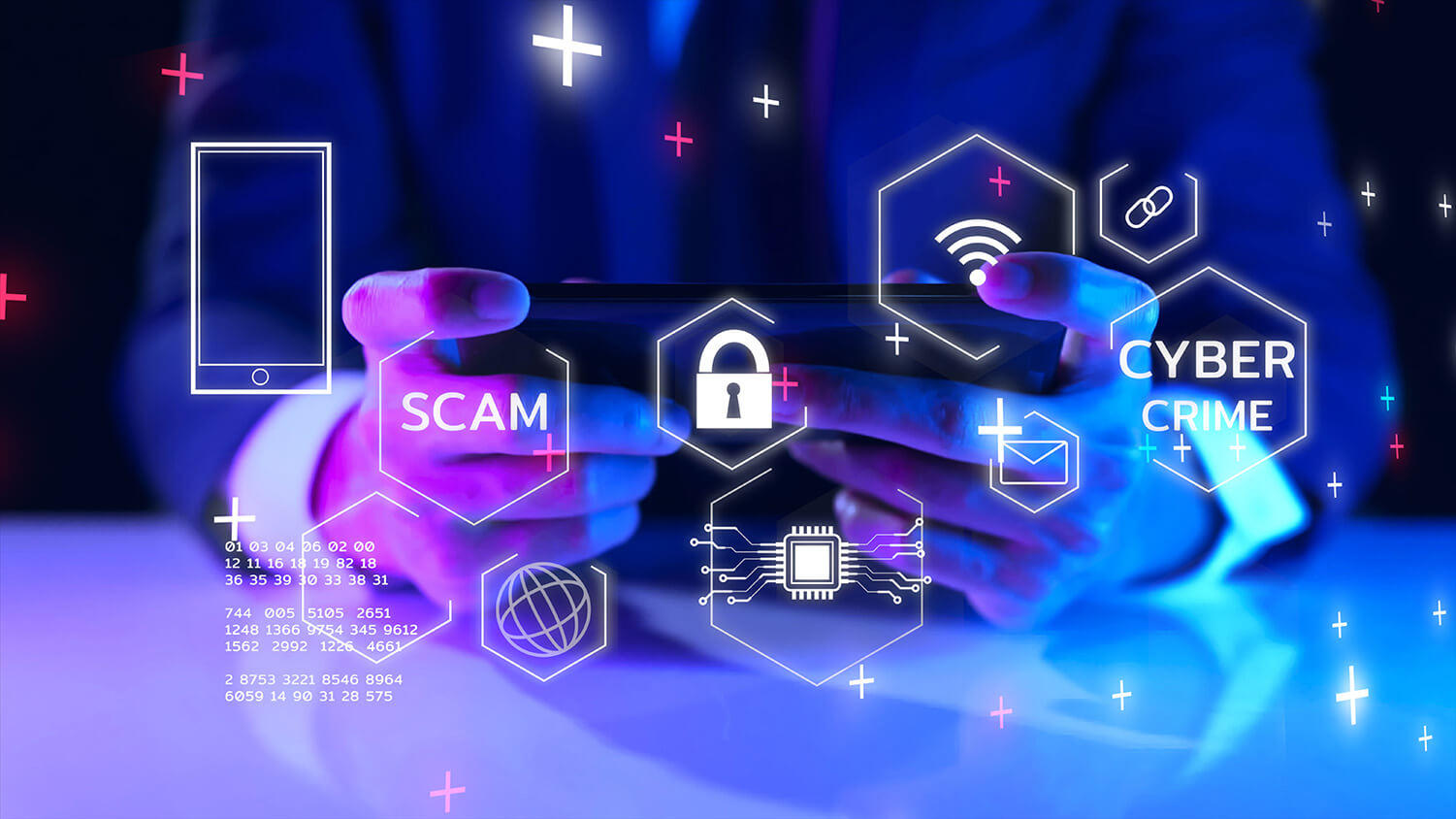You’ve heard people using the term “cybersecurity” for a while now, but what exactly does it mean? We’re here to help you understand cybersecurity and why you should care about it…without getting too technical.
At its simplest, cybersecurity is how you protect your data and information systems from cyber threats and attacks. A cyber attack is anything that could disrupt, destroy or steal your data.
Just like physical security, cybersecurity isn’t a single one-size-fits-all solution. Instead, it’s a series of best practices you implement and maintain in your professional and personal life.
At Clearbridge Business Solutions, we’re dedicated to equipping our customers with the tools they need to be cyber secure through managed IT services and educational resources.
To learn more about protecting you and your company from cyber threats, check out our recent cybersecurity introduction webinar.
Cyber criminals want to steal your data so they can make money. They do this in a couple different ways:
- Directly, by stealing information or ransoming control of your systems
- Indirectly, by selling your information to competitors, copying your business model or poaching your customers
Even when certain data doesn’t seem worth stealing, it can still be used to gain access to other sensitive or valuable data so it’s best to protect all of your data from hackers.
Who is responsible for cybersecurity?
The most important thing to know about cybersecurity is it’s never someone else’s responsibility. Your management team and IT department or consultants have a part to play, but at the end of the day, you’re ultimately responsible for protecting your data.
This is because we’re the weakest link in any system, and the biggest risk to our information systems are our own misunderstandings or lack of knowledge.
Here are two things you can do today to reduce your risk and become more cybersecure:
- Create stronger passwords (learn more about how to create a unique and secure password in this blog post)
- Enable multi-factor authentication, or MFA (learn more about MFA and why you need it in this blog post)
These are just two of the many small things you can do today that will help you and your business be more cybersecure. If you want to go deeper, check out our blog post on cybersecurity. And if you’re ready for a partner to come alongside you for all of your IT strategy, IT security, and IT support needs then get in touch today! The team at Clearbridge Business Solutions is passionate about protecting you and your business from hackers while also empowering you to practice effective cybersecurity.




